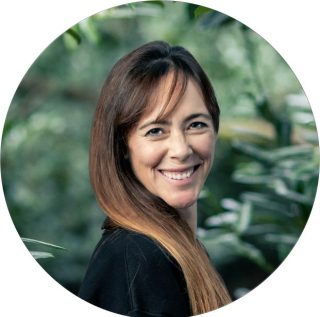Thought leadership
- Date 01 March 2024
- Words by Megan Reilly Cayten
- Reading time 1 mins
World Seagrass Day 1st March 2024
Megan Reilly Cayten shares a few of our favourite things about seagrass

On 1st March, designated World Seagrass Day by the United Nations, a few of our favourite things about seagrass:
- They sequester twice as much carbon per hectare as terrestrial forests, and also trap the carbon exported by kelp forests
- They clean and oxygenate seawater and are known as the “lungs of the sea” because one square metre of seagrass can generate as much as 10 litres a day of oxygen. If you take a quiet moment close to a seagrass meadow underwater, you might even be able to hear the bubbles as they travel to the surface
- Seagrass meadows provide habitat for marine life and food for sea turtles and dugongs (who respectively can eat 1.75kg and 39kg of seagrass per day!)
- There are 72 different species of seagrass, with some great common names including “turtle grass” and “star grass”
- Humans have used seagrasses for thousands of years, for everything from bandages to furniture
- They are the only flowering plants that live permanently under water
Like all natural habitats they are under threat. Globally it is estimated that we have lost almost 30% of seagrass ecosystems. Restoration can be done by planting seeds or seedlings or transplanting adult seagrasses from other healthy meadows, which is time-intensive and has a ~30% success rate.
At Climate Asset Management we are inspired by successful restoration stories like the Virginia Institute of Marine Science which over a decade ago seeded coastal marine habitat with eight million seagrass seeds that have now propagated to cover 8,000 acres, and in partnership with The Nature Conservancy has developed the world’s first seagrass carbon project, with all proceeds going to further restoration.
Conservation and restoration of seagrass ecosystems is crucial for the health of the oceans, the marine life that depends upon it, and for all of us who benefit from that marine life. For those who have not been lucky enough to hang out with a sea turtle while she grazes, here below is a video of a green sea turtle having her seagrass for lunch.
Sources:
https://ocean.si.edu/ocean-life/plants-algae/seagrass-and-seagrass-beds

